December itinerary in Japan Day 1 (Aomori Day 1)
(Saturday, December 11th)
Table of contents
3. Aomori Prefectural Misawa Aviation Science Museum
I established EDO KAGURA Corporation on December 7. I made effective use of the time until the copy of the company register is completed, and traveled to Aomori and Akita from Saturday, December 11 to Wednesday, December 14. Aomori was the second largest prefecture in the prefectures with the highest types and catches of fish and shellfish, which is in season in December (1st is Hokkaido and 2nd in Miyagi prefecture). I went to Miyagi, Iwate, and Hokkaido in September, so I decided to go to Aomori and Akita prefectures this time. This time as well, I delivered my luggage to my accommodation in advance and enjoyed a luggage-free trip.
1. Haneda Airport
I flew from Haneda Airport to Misawa Airport in Aomori Prefecture. The planes I boarded are as follows.
Depart Haneda Airport at 7:45, JAL153, arrive at Misawa Airport at 9:05
At Haneda Airport, Dr. Dinosaur was dressed in Santa Claus costume at Haneda Airport. I saw “Dr. Dinosaur” at Fukui station during my trip to Hokuriku and Kinki in October. It’s nice to see “Dinosaur Dr.” in Tokyo, where I live.


2. Scenery from the plane
I could see a very beautiful view from the plane of JAL153 flight. In particular, I was surprised that the morning sun was reflected in the sea and the color was burning.
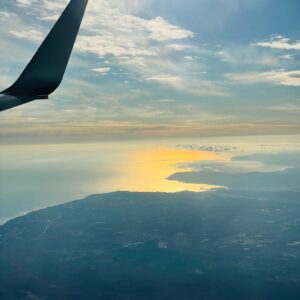

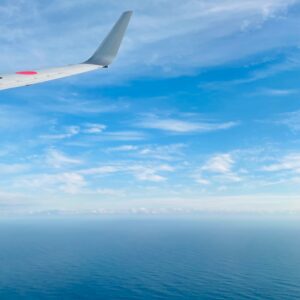
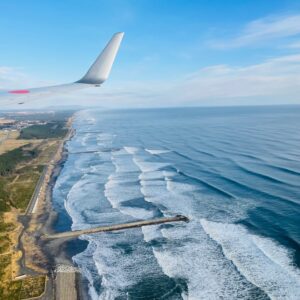
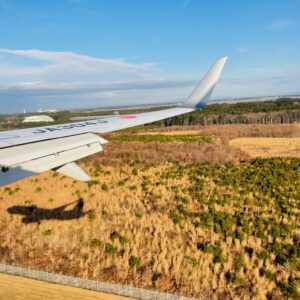
3. Aomori Prefectural Misawa Aviation Science Museum
I landed at Misawa Airport and took a taxi to the Misawa Aviation Science Museum in Aomori Prefecture. It is inconvenient to reach Misawa Aviation Science Museum by public transportation other than taxi.
“MISAWA Grutto Bus” operates only on Saturdays, Sundays, and holidays, but there are only 3 buses a day from Misawa Airport (3 buses a day from November to March, 4 buses a day from April to October). Moreover, the operating hours are halfway. There are 6 flights arrivals a day at Misawa Airport (9:05, 10:55, 12:25, 14:35, 16:15, 18:40), but the “MISAWA Round Bus” The departure time for Misawa Aviation Science Museum at Misawa Airport is 10:23, 12:17, 14:07, and there is no timing for the arrival time of the plane. I think it will be more convenient if the arrival time and timing of the plane are matched, but it is a pity.
Misawa Aviation Science Museum is a facility for the purpose of exhibiting aircraft, introducing the history of aircraft, and disseminating scientific knowledge. I didn’t know it at all, but Misawa became the starting point for the Miss Veedol, which succeeded in the world’s first transatlantic flight over the Pacific Ocean in 1931. In this way, Misawa has been deeply involved since the early days of aviation history.
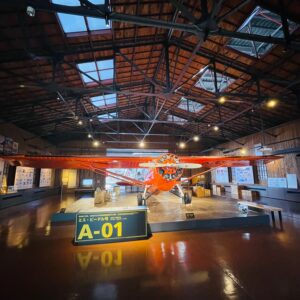
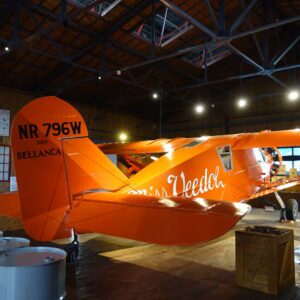
In addition to the Miss Veedol, the Narahara-shiki Unit 2, which set the first flight record for a domestic aircraft in 1911, is also on display. In addition, replicas of the Shirato-shiki Asahi and Gasuden Koken (developed by Tokyo Imperial University Aeronautical Research Institute) are on display. Einosuke Shirato (from Aomori Prefecture), who became the first Japanese civilian aviator, boarded the Shirato-shiki Asahi. Gasuden Koken set the world record for the orbital range at that time.
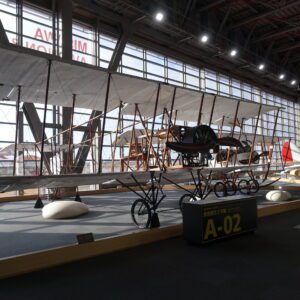
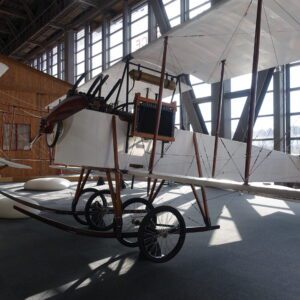
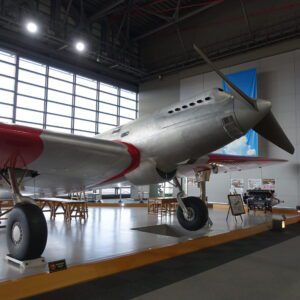
Also on display are the HondaJet Technology Demonstration Machine and flying cars (mockups).
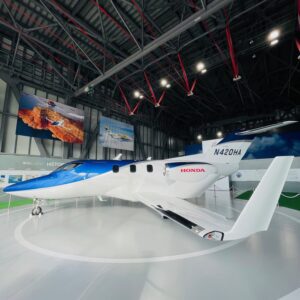

In addition to the airplane exhibition, there were also experience facilities such as flight simulators, and it was crowded with many families.
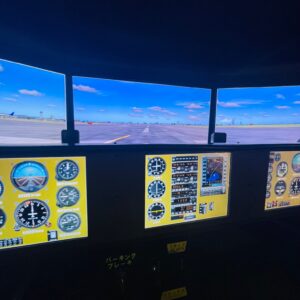
Admission: Yen 510 for adults, Yen 300 for high school students, free for junior high school students and younger
Lockers at Misawa Aviation Science Museum are free of charge.
4. Nebuta Museum WA-RASSE
After a late breakfast, I moved from Misawa City to Aomori City. The transportation I boarded is as follows.
Depart Misawa Station at 11:23, Aoimori Railway Line bound for Aomori, arrive at Aomori Station at 12:37, fare Yen 1,830
I couldn’t use my credit card at Misawa station. Please have cash ready.
I arrived at Aomori station, had lunch, and went to “Nebuta Museum WA-RASSE”. Initially, I was planning to go to the Sannai Maruyama Site, which is a World Heritage Site, but I gave up because it was temporarily closed from December 7th to 12th due to fumigation work.
“Nebuta Museum WA-RASSE” is located in a very convenient location, just a minute’s walk from Aomori Station. On the 1st floor, a large nebuta that was used for the festival is on permanent display. I was overcome by the splendor as an artistic work and the size of 9m in width, 7m in depth and 5m in height. I’ve never seen the Nebuta Festival, so I’m glad I could see the Nebuta nearby.

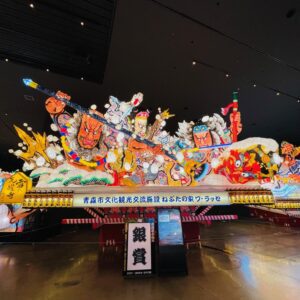
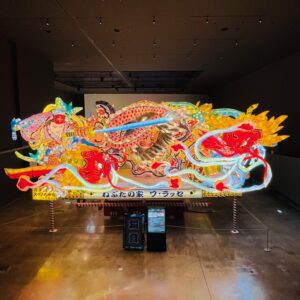
The history of the Nebuta Festival and the works of master craftsmen who made Nebuta are displayed on the 2nd floor. I thought that the master’s work was wonderful because it was a work with a calm color that was not flashy.
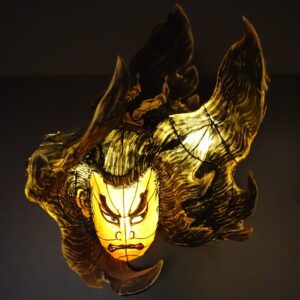
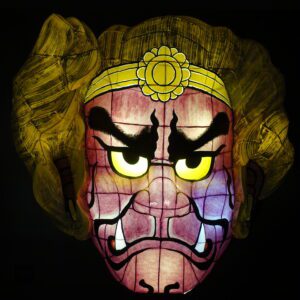

Admission: Adults Yen 620, high school students Yen 460, elementary and junior high school students Yen 260
Great value Nebuta Museum WA-RASSE and Hakkoda-Maru common ticket (Yen 930 for adults, total Yen 1,130 for individual tickets), Nebuta Museum WA-RASSE and Aspam common ticket (adults Yen 1,070, total Yen 1,360 for individual tickets), a tour ticket for the 3 of Nebuta Museum WA-RASSE, Aspam, and Hakkoda-Maru (adults Yen 1,380, individual tickets totaling Yen 1,980).
5. Hakkoda-Maru
I went to see the Hakkoda-Maru, which is near the Nebuta Museum WA-RASSE.
The Seikan Ferry is a railway ferry that operated Aomori Port and Hakodate Port for 80 years from 1908 to 1988. A railroad ferry is a ship in which a railroad vehicle, which is extremely rare in the world, crosses the sea through a ship.
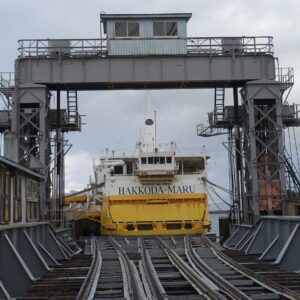
There were few tourists on board the Hakkoda-Maru. The small number of people created tranquility and was in harmony with the jazz music on board. The harmony complemented the goodness of the Seikan Ferry. The lights on the old railroad cars were dim, and the cars seemed to be sleeping. It seems to tell the history of Seikan Ferry, and I personally liked it very much.
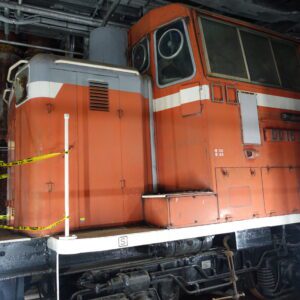

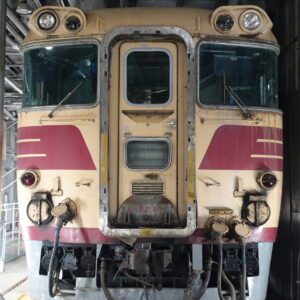
The huge engine that I saw up close was also wonderful because it had a powerful force as claimed as the power source of the huge structure called Seikan Ferry.
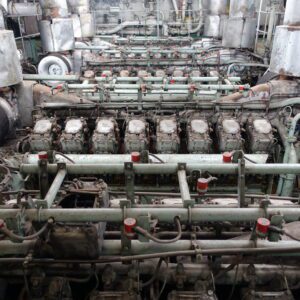
Admission: Adults Yen 510, junior high and high school students Yen 310, elementary school students Yen 110
6. Aomori Museum of Art
I went to the Aomori Museum of Art from Aomori Station. The buses I used are as follows.
Depart Aomori Station at 15:07, P51 Namidate Dori Line, arrive at 15:28 in front of the Prefectural Museum of Art, fare Yen 280
The Aomori Museum of Art is famous for “AOMORI-KEN” by Yoshitomo Nara. “AOMORI-KEN” is a huge dog with a height of 8.5m and a width of 6.7m. Since it is one of the few works that can be photographed in the museum, many people who visited the Aomori Museum of Art posted “AOMORI-KEN” on SNS.
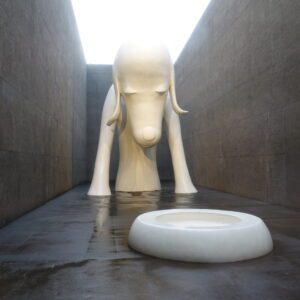
Many of Yoshitomo Nara’s works are exhibited at the Aomori Museum of Art, because Yoshitomo Nara is from Hirosaki City, Aomori Prefecture. A work with a somewhat cartoonish touch has the power to attract many people, and is an artist who is highly evaluated overseas. At the Aomori Museum of Art, there is also “Miss Forest” as a photographable work by Yoshitomo Nara. However, since “Miss Forest” is located in the “Hakkakudo (octagonal hall), which is a little far away, I am worried that some people may go home without seeing it.
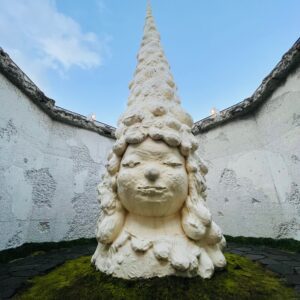
At the Towada Art Center in Aomori Prefecture, which I visited last year, there was a huge wall art by Yoshitomo Nara.
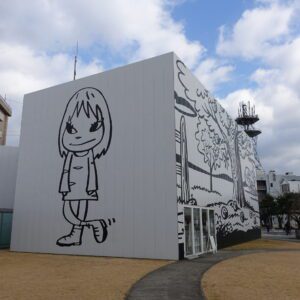
Many works by Shiko Munakata, a master of prints from Aomori City, are also exhibited at the Aomori Museum of Art. There are also works by Shiko Munakata, which is exhibited together with the Jomon pottery. The collaboration between Jomon pottery excavated from the world heritage site “Sannai Maruyama Ruins”, which Aomori City is proud of, and Mr. Shiko Munakata, a master from Aomori City, was wonderful.

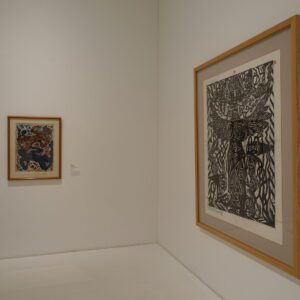
In addition, all four works of Marc Chagall’s “Aleko” are exhibited in the large hall. I was overwhelmed by the huge painting.
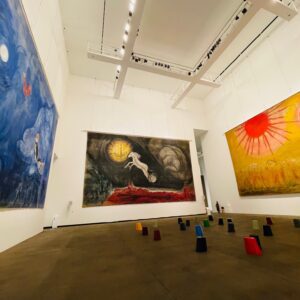
After seeing all the works, when I left the Aomori Museum of Art, the sun went down and the museum was lit up. The night view of the museum was very beautiful. The Aomori Museum of Art is designed by Jun Aoki Architectural Planning Office, which handles many Louis Vuitton buildings.
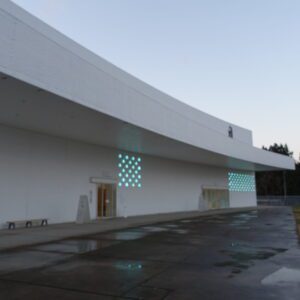
Admission: Adults Yen 510, college / high school students Yen 300, junior high school / elementary school students Yen 100
I came back from the museum to Aomori station by bus. The buses I used are as follows.
Departs Sogo Undo Koen Mae at 15:07, A1 Furukawa Line, arrive at Aomori Station at 16:42, fare Yen 240
On the sandy beach of Aomori Port, there was an illumination of a Japanese paper object “Snowman” made by the citizens using the Nebuta technique. It was a very beautiful view.

Note: The departure / arrival times, fares, admission fees, meal fees, etc. of the transportation facilities listed in the text are as of the time of writing the BLOG. They may change in the future, so please verify yourself when you go on a trip.